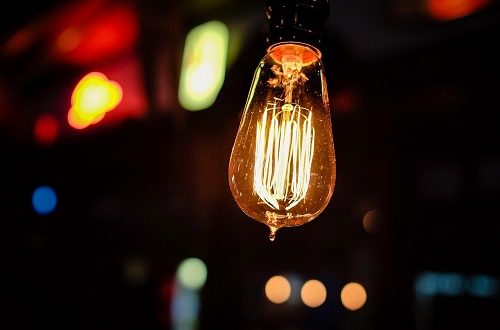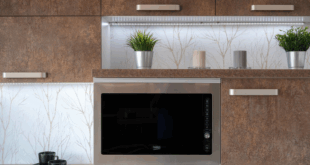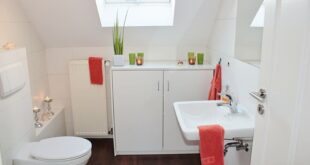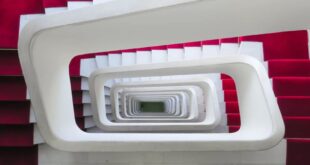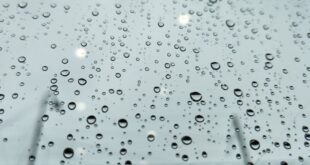Not so long ago, buying a light bulb was easy. In the UK, most used a bayonet fitting, you chose your wattage and whether you wanted clear or frosted (pearl) glass. Now it’s not so easy, here is a quick buying guide. Whilst bulb buying has got more complex, new LED bulbs last much longer and can save pounds. A Daily Telegraph article estimates annual savings of £240 for an average home.
Light Bulb Types
Traditional light bulbs with tungsten filaments (Incandescent) have been phased out. They are inefficient as more energy is converted to heat than to light. Here are the alternatives.
Halogen
These look and have the most similar characteristics to a an incandescent bulb. They are 30% more efficient and give out a whiter light. They can be dimmed, light instantly and should last up to twice as long. Halogen bulbs will also be phased out in the future.
Compact Fluorescent (CFL)
These have been around for many years and are much more efficient. They can last up to eight times longer than traditional bulbs. A 10 watt CFL claims to have a similar light output to a 40 watt incandescent light bulb. On the downside, they are slow to reach full brightness, look less attractive and very few can be dimmed. They often seem dim.
LED
LED light bulbs offer many advantages. They are the most efficient, light instantly and some can be dimmed. Lifespans are expected to reach around 25,000 hours. They are available in a wide variety of styles, including heritage types which can be an attractive feature. Light quality is good, so called warm types are more akin to traditional light bulbs. The main downside is the higher upfront cost, the dimming range is more limited at low light levels.
Comparing Brightness
Most of us still think of brightness in wattage terms, this refers to the power used not the brightness. We need to start thinking in Lumens, the measurement of brightness this is more reliable.
Whereas all manufacturers 40W incandescent bulb would give a similar light, the same is not true for LED and CFL. This is a guide only, averaging several specifications. Some LED bulbs give out less light (less lumens) than main brands.
| Trad. Watts | Lumen | CFL | Halogen | LED |
|---|---|---|---|---|
| 40W | 450 | 10W | 28W | 7W |
| 60W | 800 | 15W | 43W | 11W |
| 100W | 1580 | 25W | 70W | 16W |
Bulb Caps
Bayonet
This is the traditional UK push and twist fitting. The standard size 22mm is designated BC. Some fittings use a compact form, 15mm, SBC. The choice of bulbs for the latter can be limited.
Edison Screw
Modern and imported fittings use the familiar screw type. Designated ES (E27, 27mm) or SES (E14, 14mm) for the compact form. A broad range of suitable bulbs is available. Smaller sizes can also be found.
Spotlight and Downlighters
Older types are usually ES Halogen.
Most modern Halogen types are push and twist GU10/GZ10 for 240 volt bulbs or push fit GU5/MR16 for 12 volt types. LED replacements for halogen types are widely available, make sure they are suitable for use with dimmers if applicable.
Under cabinet lamps and similar are usually G4 capsule bulbs.
CFL Pin fittings
Some light fittings use one of several pin type fittings exclusive to CFL lamps. This was an attempt to prevent users swapping them for incandescent lights bulbs. As there are several types, it is wise to take the faulty bulb to the supplier in order to get the correct type. An electrician will need to replace the bulb holder if you wish to use a modern LED type instead.
As always with anything electrical, if in doubt, consult an expert.
 Homeowners Club If you are one of the 15 million homeowners in the UK, the free to join online Homeowners Club is for you.
Homeowners Club If you are one of the 15 million homeowners in the UK, the free to join online Homeowners Club is for you.
